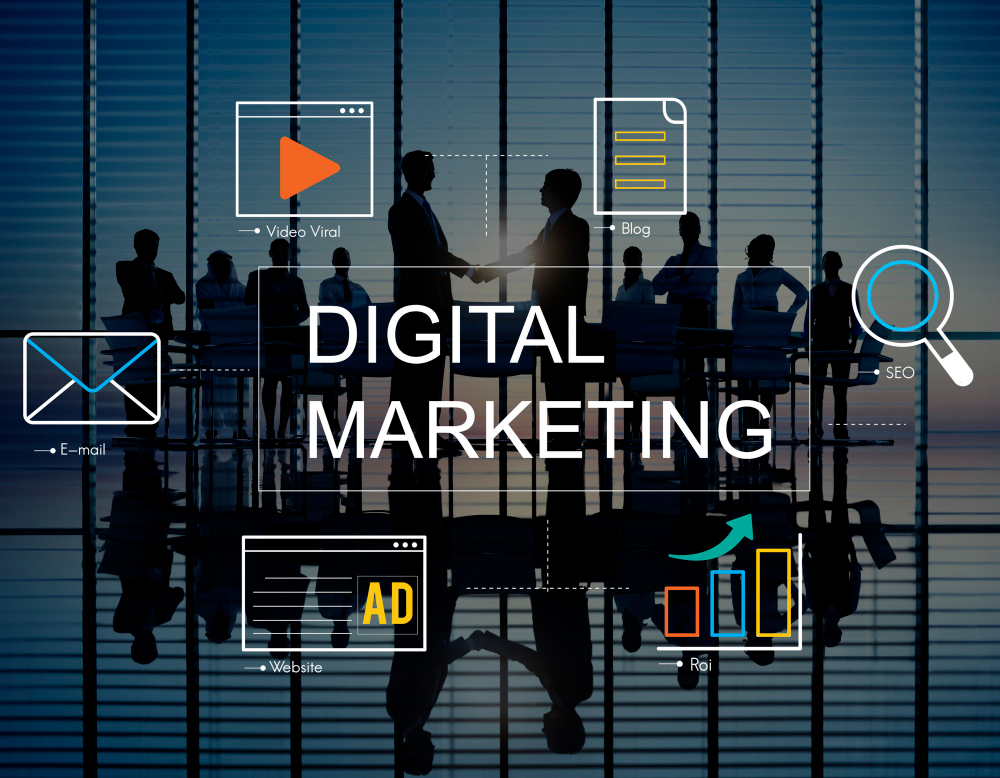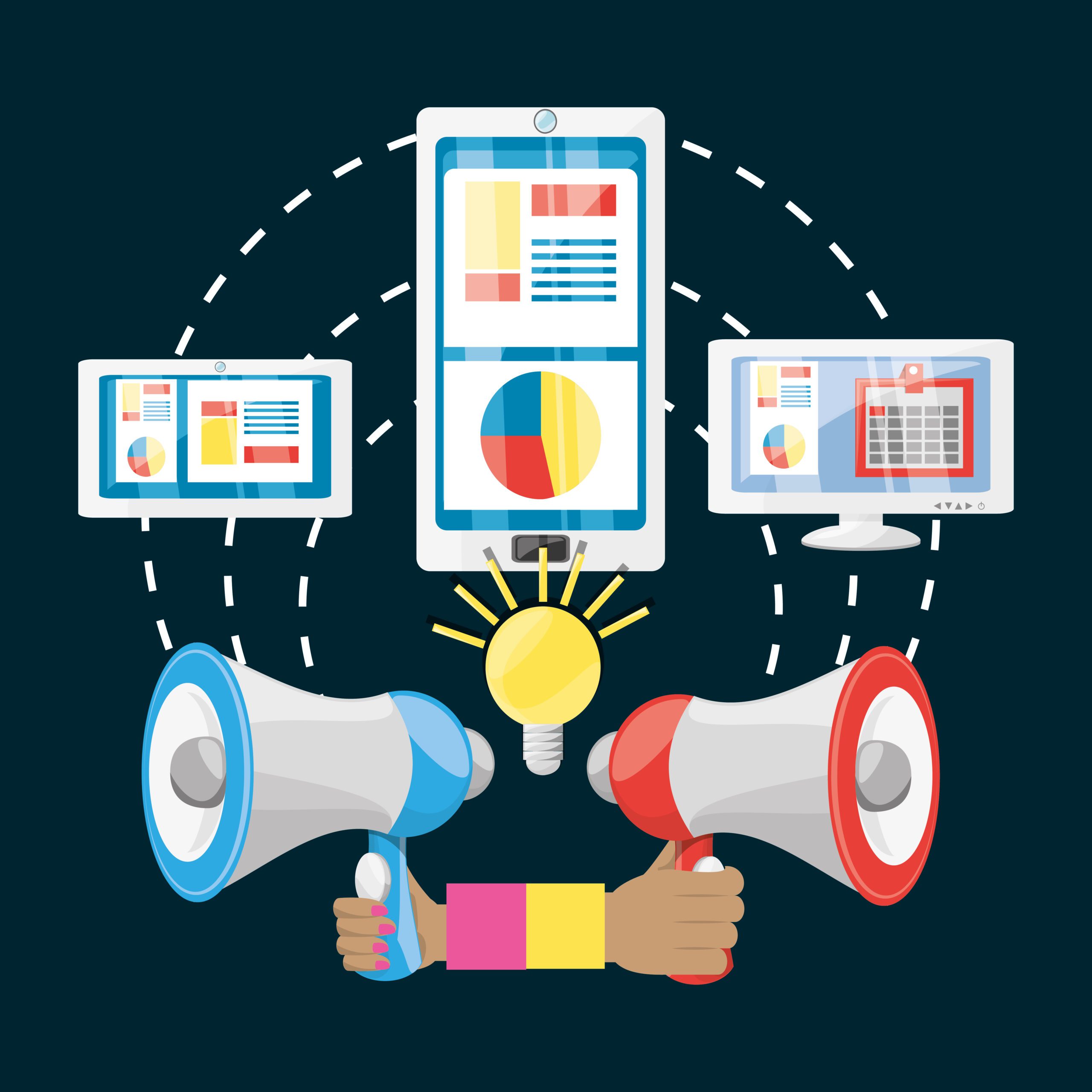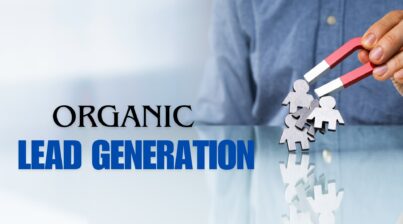Today, In this modern and technological world has represented the fast-growing decision of Digital Marketing vs. Traditional Marketing. Both have their own benefits, but we need to understand which method is more beneficial for a company and affect a company’s bottom line. This article will help you to get a detailed comparison between the two marketing methods like Digital Marketing vs. Traditional Marketing. You also get a clear idea about their different marketing analyses and cost-effectiveness.
Marketing is known as the heart of attracting and retaining customers, and is important for any business. Digital branding was a word that was practically non-existent in our society in the early age of the internet. Previously, the strategies for marketing the products or services included print ads, billboards, TV advertising, and radio advertising. Digital marketing has developed as one of the solid alternatives to traditional marketing with it’s fast growth of the internet and the spread of digital technology. In this blog, we will compare Digital Marketing vs. Traditional Marketing: costs, reach, targeting capabilities, and overall effectiveness.
The Basics of Traditional Marketing

Traditional marketing incorporates an extensive range of techniques used for several decades.
These techniques include:
- Print Advertising: Newspapers, magazines, brochures, and flyers.
- Broadcast Advertising: Any ad from television or radio.
- Outdoor Advertising: Billboards, posters, and transit ads.
- Direct Mail: Catalogs, postcards, and other promotional mail.
- Telemarketing: Calling potential customers.
These tactics are for mass appeal underpinned by repetition and visibility. In traditional marketing, heavy front-end costs are incurred, especially with high-profile placements, such as prime-time television spots or key billboard locations.
The Rise of Digital Marketing
Digital marketing, on the other hand, involves using the Internet and other digital technologies to access potential customers.
Essential components of digital marketing are digital devices:
- Search Engine Optimization: The process of improving the visibility of a website on search engines.
- Content Marketing: Creating and distributing valuable content to attract and engage target customers.
- Social media marketing: promotion of goods and services on social media platforms.
- Email marketing: Sending out the right, segmented emails to a list of subscribers.
- Pay-Per-Click (PPC) Advertising: Placing ads on search engines and social media but paying only per click.
- Affiliate Marketing: The process of engaging one business with another or others in promoting their products.
Digital marketing offers the possibility to carry out precisely targeted campaigns and can measure results in real-time, often with lower costs compared to traditional methods.
Cost Analysis: Digital Marketing vs. Traditional Marketing
So, here is the breakdown of cost when comparing Digital Marketing vs. Traditional Marketing:
Costs of Traditional Marketing
- Print Advertising: Costs can be highly variable. A full-page ad in a national newspaper can come up to tens of thousands of dollars, while in local publications, it may only be a couple of hundred dollars.
- Broadcast Advertising:Broadcast Advertising Television and radio advertisements are both very costly. For example, the cost of a 30-second prime-time television commercial can exceed $100,000. The price for radio advertisements can be less costly, although, in general, they remain expensive.
- Outdoor Advertising: Average billboard rates vary from $500 to $10,000.
- Direct Mail: Costs range from $0.50 to $3.00 per piece for printing, postage, and purchasing mailing lists.
- Telemarketing: Personal salaries, phone bills, and CRM software.
Costs of Digital Marketing Costs
- SEO: Business owners can expect to pay anywhere from $500 to $5,000 monthly for ongoing SEO services.
- Content Marketing: Content is a very costly affair, especially where one has to pay professional writers, designers, or videographers. Most companies spend anywhere between $500 and $5,000 a month.
- Social Media Marketing: Expenses may be the ad spend, tools of software, and maybe the hiring of social media managers. Monthly budgets typically run from $300 to $10,000.
- Email Marketing: Mailchimp or Constant Contact charges for the number of subscribers, it costs between $10 and $1,000 per month.
- PPC Advertising: The costs will depend on what kind of competition your keywords face, but the average price per click can be between $1 to $10.
- Affiliate Marketing: There is always a standard commission, even if the rate is as low as 5-30% of the sale price.
Reach and Audience Targeting: Digital Marketing vs. Traditional Marketing
Traditional Marketing Reach
Traditional marketing methods are often high-reach perfect for campaigns regarding brand awareness but have no capability for precise targeting.
Look at this example:
- Print Ads: Reach a general audience based on publication readership.
- TV/Radio Ads: Focus the audience according to segments based on different demographics of channel or show viewership.
- Billboards: Reach all the people passing through the location.
It has such a broad reach that it can squander impressions if the viewers are not in the target audience.
Digital Marketing Reach

Digital marketing excels in terms of accuracy of targeting and segmentation:
- SEO: Gets to users already searching for the concerned content or products.
- Content Marketing: It helps in roping niche audiences for some chosen specialized topics.
- Social Media: Platforms offer detailed targeting options using demographic, interest, and behavior data.
- Email Marketing: Target a predefined mailing list of subscribers.
- PPC: Target based on the search query, demographics, and other forms of target lead generation.
- Affiliate Marketing: Leverages partners’ audiences, which are rich with the most relevant consumers.
This is very accurately done and results in reduced waste and more efficient utilization of marketing budgets.
Measuring Effectiveness: Digital Marketing vs. Traditional Marketing
Traditional Marketing Measurement
Measuring the Effectiveness of Traditional Marketing:
- Surveys and Feedback: Determining the audience’s view by obtaining direct feedback.
- Sales Tracking: Thus, the ability to tie spikes in sales to particular campaigns.
- Brand Awareness Studies: Measure brand recognition changes over time.
These methods can be very time-consuming and are also less accurate, which makes it very hard to attribute success to a given campaign.
Digital Marketing Measurement
Digital marketing is accompanied by unbeatable measurement tools:
Some of the analytics platforms are Google Analytics and others that offer remarkable insights into the analytics of traffic, user behavior, and conversions on the website.
- Social Media Metrics: Facebook and Instagram allow for in-depth analytics about engagement, reach, and demographics.
- Email Metrics can be easily measurable: Open rates, click-throughs, and conversion rates.
- PPC Metrics:Instant traces of views, clicks, and conversions.
These tools enable continuous optimization and provide clarity on the return on investment.
Flexibility and Adaptability: Digital Marketing vs. Traditional Marketing

Traditional Marketing Flexibility
Traditional marketing campaigns require a lot of planning and lead generation. Once a campaign is running, it is hard and often costly to make changes.
For example:
- Print Ads: Once printed there is no changing.
- TV/Radio Ads: Recutting or re-editing commercials is costly.
- Billboards: Design changes to billboards will result in new print and installation costs.
Digital Marketing Flexibility
Digital marketing has high adaptability.
- SEO and Content: Real-time changes and updates can be made.
- Social Media: Campaigns are highly optimizable based on performance.
- Email Campaigns: Emails can be revised and re-sent.
- PPC: Budgets and targeting can be real-time managed.
This denotes flexibility, as this will allow businesses development to be adaptive to changes in the market and to optimize their strategies continuously.
Reliability and Sustained Impact: Digital Marketing vs. Traditional Marketing
Traditional Marketing Longevity
Thus, traditional marketing can hence be said to have a shelf life.
- Print Ads: From the date of issue of the media.
- TV/Radio Commercials: Airing schedules are done, and the commercials are no longer seen or heard.
- Wallscape: The Duration of campaign is etched in stone and pops out after ads are removed.
These tactics may include ongoing investments to maintain visibility.
Digital Marketing Longevity
One change is that those in digital marketing can drive permanent transformation efforts.
- SEO: This is because top-ranked content can send traffic for a long time.
- Content Marketing: Evergreen content is relevant and has a lasting value in driving traffic.
- Social Media: Posts can be reshared for continued engagement.
- Email Marketing: Subscribers can be nurtured over time with ongoing communication.
These can provide maintained value while reducing ongoing costs.
Choosing the Right Strategy for Your Business : Digital Marketing vs. Traditional Marketing
- Budget: Digital marketing often has many more affordable options for low budgets.
- Target Audience: Targeting becomes better since digital marketing can help your target group narrow down.
- Campaign Goals: Traditional marketing may be more effective for brand awareness and mass reach.
- Measurement Needs: In the case of precision in measurement and iterative change in real-time, then digital marketing is by far superior.
- Longevity: Search engine optimization and content marketing are sustainable ways to achieve a long-term payoff.
Conclusion
While considering the debate of Digital Marketing vs. Traditional Marketing, both have unique advantages and potential downsides. Traditional marketing can be used to reach out to a broad consumer base with brand messages, but at times, it becomes costly and slightly less focused on targeting. Digital Marketing is an inexpensive solution with targeted, real-time measurement for its users, providing flexibility as a potent powerhouse for businesses of all sizes.
The best option might be a hybrid strategy that capitalizes on the best of each world: traditional and digital marketing. Through carefully understanding cost-effectiveness and potential, businesses can foster a strong return on investment that maximizes reach and engagement.
In conclusion, the debate of Digital Marketing vs. Traditional Marketing is what a business needs to look at to optimize its marketing approach. By critically evaluating the costs, reach, targeting capabilities, and effectiveness of the strategy, businesses stand in good stead to drive growth and success in today’s fiercely competitive markets.




